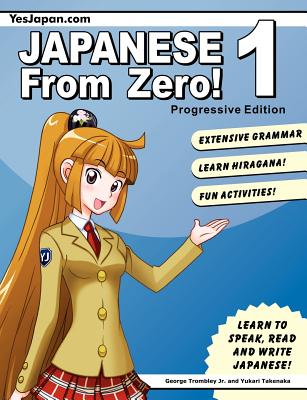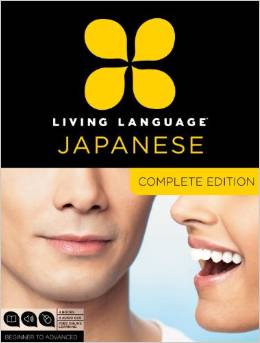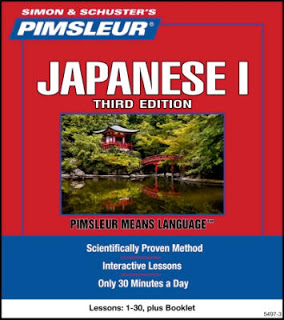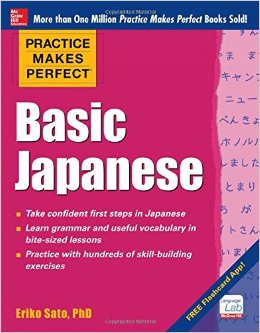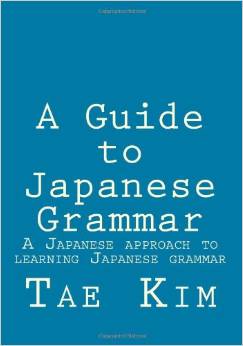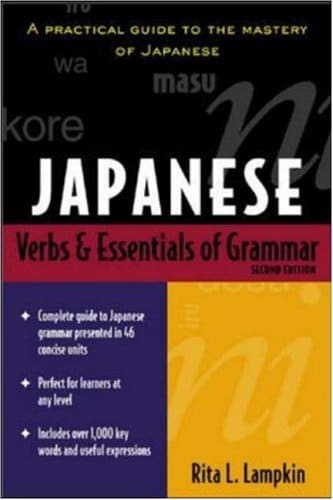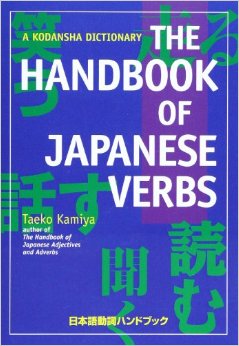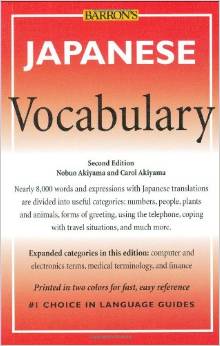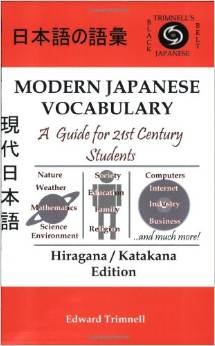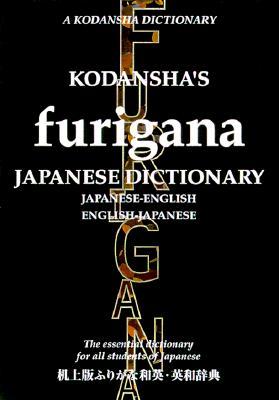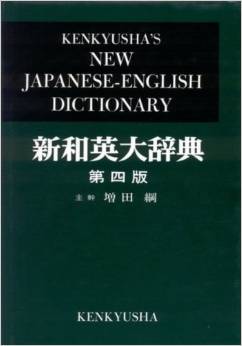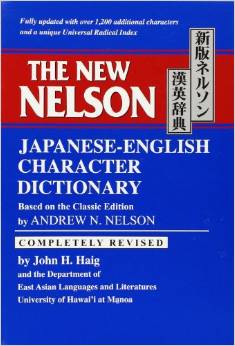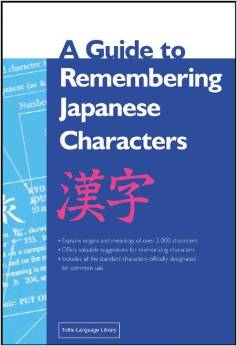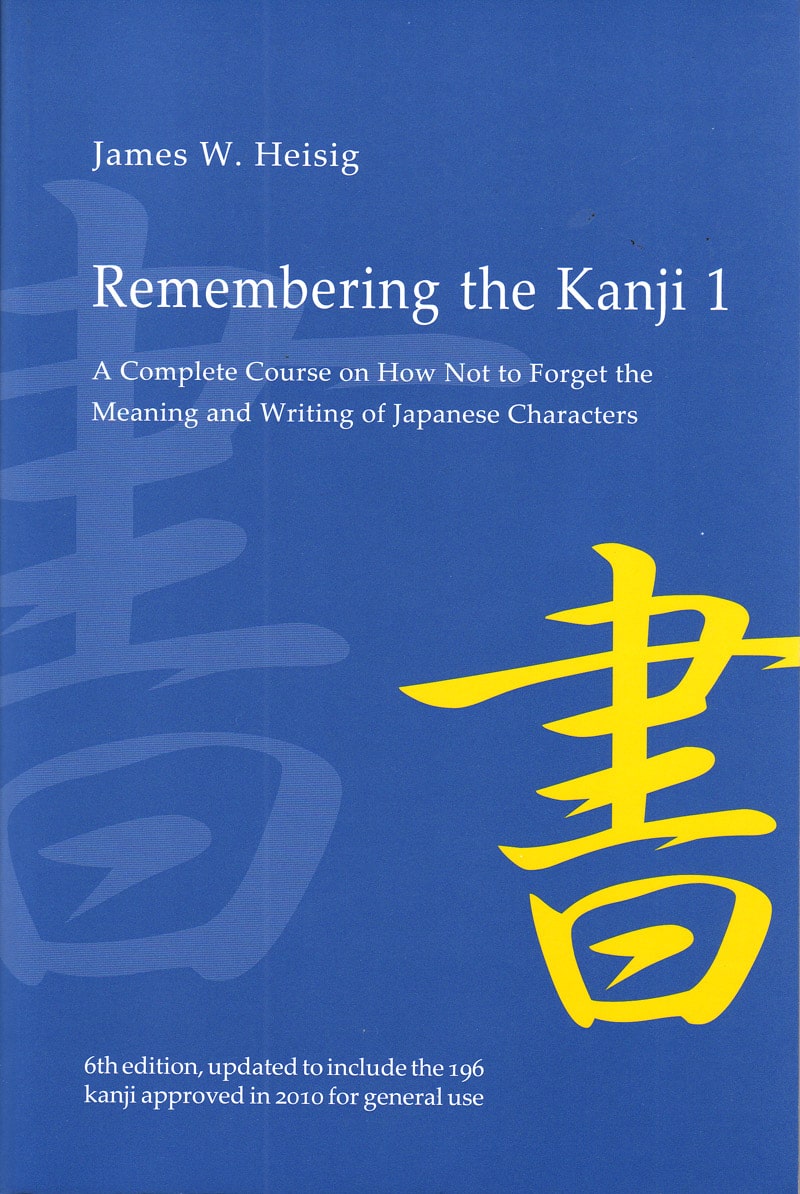Textbooks
Most formal, classroom-based courses will provide their own textbooks, so you may not need to search for a basic textbook on your own.
However, if you’re studying on your own or if you want to supplement classroom material, you’ll have some decisions to make. Textbooks are great general, all-around learning resources. These types of books tend to focus on major lessons, which divide up the material into topics such as greetings, asking for directions or going to the grocery store. These lessons are introduced complete with practice exercises, vocabulary lists, grammar tables and (sometimes) even audio, video and games as well. Some will even have an online component where you can ask questions, interact with other learners, take test and keep track of your progress.
This is one of the most popular textbook series available. It’s relatively new but approachable and easy to use.
- Ideal for beginners and intermediate students.
- Follows a lesson-based structure that covers grammar, vocabulary, writing, pronunciation and more.
- For students interested in extra practice, the series includes workbooks that are sold separately and can work as companion books.
Living Language is an established language teaching company that’s been around for years. You can find books specific to your level or purchase a complete package that includes books for all levels.
- Textbooks include CD’s for speaking and listening practice.
- Price is reasonable considering the amount of material.
- Works well as a stand-alone course for those not enrolled in a formal class.
Pimsleur is another well-respected language company that’s been around for years. Their method focuses on speaking and listening through audio, so it’s ideal for students who want to supplement other textbooks or course work with extra listening and speaking practice.
- Excellent source of speaking and listening material for those who don’t have native Japanese speakers to practice with.
- Students quickly gain confidence through speaking and comprehension exercises.
- Level-specific packages or comprehensive sets are available.
Grammar Books
For those who want to excel and really understand the language in-depth, a grammar book is essential. There are two basic types of grammar books: reference books, designed to provide big-picture information when students need it, and practice-based books, which teach grammar through exercises.
As the name suggests, this is a practice-based book. Students learn grammar through a series of lessons that teach all the essentials.
- Suitable for beginners, easy to get yourself started and easy to understand.
- Exercises also cover phonetics, writing and other often-neglected areas of language learning.
- Usage dictionary included.
- Exercise-based approach helps students internalize grammar.
Tae Kim runs a popular blog about Japanese, Chinese and “a dash of Korean.” He has published his own grammar book through Amazon’s self-publishing platform, for those who want a physical copy of his blog’s content.
- Extremely detailed and comprehensive: covers grammar, writing, phonetics and more.
- Useful as a reference.
- Includes examples and vocabulary used by Japanese in the real world today, such as casual speech and slang.
- Recommended for long-term students who want a systematic, thorough approach and who don’t mind starting with the “hard stuff.”
This book covers all the essentials in 160 pages. It’s organized logically for easy reference and offers a good way for beginners to get up and running quickly.
- Short yet comprehensive: all major grammatical concepts are included and explained, without the fluff.
- Suitable as a reference and includes tables that aid quick assimilation.
- Bonus audio material online.
- Has section with cultural information.
Vocabulary Books
Learning vocabulary is a slow and steady process. There are a number of vocabulary books that are designed to help students learn the words they need to become more fluent. Keep in mind that a vocabulary book is not the same as a dictionary. Understanding when and how to write, spell and speak Japanese vocabulary is a complex thing, so vocabulary books exist to hold your hand a bit more than a dictionary would while learning.
This book is focused on verbs and their usage. The book explains how verbs work and how they conjugate. It relies heavily on exercises to ensure that students understand the material as they progress.
- Excellent for beginners and intermediate students who want a solid understanding of verbs.
- Exercise-oriented approach makes it ideal for self-study or students who want hands-on practice.
- Book includes several appendices and methods for looking up verbs.
This book organizes thousands of common Japanese words into categories. It’s excellent for beginner and intermediate students who wish to focus on specific areas or supplement their own studies with vocabulary.
- Very reasonable price at less than $10.
- Small yet comprehensive.
- Romaji makes it easy for beginners and topical organization lets students emphasize particular areas as needed.
Here’s another vocabulary builder that organizes terms by topic. Words cover a variety of subjects such as law, the Internet, dentistry, culture, history and more.
- Useful for beginner and intermediate students who want to supplement studies with vocabulary.
- Kanji and kana included with easy-to-read fonts.
- Topics can be very detailed, so this is helpful for students who want to expand their vocabulary.
Dictionaries
Not all bilingual dictionaries are created equal. Some are better than others and some are more suitable for certain types of students.
This is a reasonably priced dictionary with tens of thousands of entries, ideal for beginner and intermediate students. The dictionary is divided into two sections, a Japanese-English section and an English-Japanese section.
- The Japanese-English portion orders entries by the English alphabet, so it’s quite easy to find words.
- Entries include Japanese kana.
- The number of entries makes it suitable for long-term use.
This dictionary includes furigana — smallhiragana written above kanji — to help students know how to pronounce words. Like the Random House dictionary, it’s divided into a Japanese-English and an English-Japanese section. The Japanese-English section is written in Japanesekana, not romanji.
- The Japanese-English section, ordered bykana, helps students learn the native Japanese kana order.
- Suitable for beginner and intermediate students.
- Example sentences included with each entry.
- Compact and portable.
This heavy duty dictionary is the most thorough, in-depth dictionary on the market. Many entries have multiple sub-entries. This is the dictionary used by translators and professionals.
- The go-to dictionary for students who plan to study Japanese for many years to come.
- Suitable for intermediate students, advanced students and translators.
- Note that the latest edition (5th at the time of this writing) includes more entries and more modernized terms than previous editions.
Kanji Books
Kanji books are another essential asset for any student of Japanese. Some are designed to help students learn Japanese characters and some are designed to act as references. Both are useful for any student who plans to become fluent.
This dictionary has been the industry standardkanji dictionary for years. The Nelson dictionaries, both the compact and standard versions, include enough characters for most students. Kanji can be looked up by radical, pronunciation, stroke count and more.
For a comparable dictionary that includes a different system of indexing and more characters, see “The Kanji Dictionary” by Spahn.
- Excellent for students of any level.
- Each kanji includes a long list of vocabulary words.
- A variety of appendices and indexes for additional look-up methods.
This book is designed to help students master kanji. It contains of all the General Use Characters and has extremely detailed etymology for each one, including historical character forms and previous meanings.
- Suitable for intermediate to advanced students.
- Entries include meaning, pronunciation and vocabulary words.
- Ideal as a supplement to other studies.
This book offers a different, story-based approach to learning the kanji. Each kanjielement is associated with a story element, which is then used as a mnemonic device to aid memorization.
- Ideal for students who want a unique, systematic way to remember kanji and their meanings.
- Focused exclusively on memorizing meaning, as opposed to pronunciation, vocabulary and so forth.
- Suitable as a supplement to other course work or studies.
There are certainly more books out there, but this list includes some of the most authoritative, popular and effective titles and publishers in the industry. If you’re a serious student of Japanese, you’ll definitely want to have a few of these on your bookshelf.
